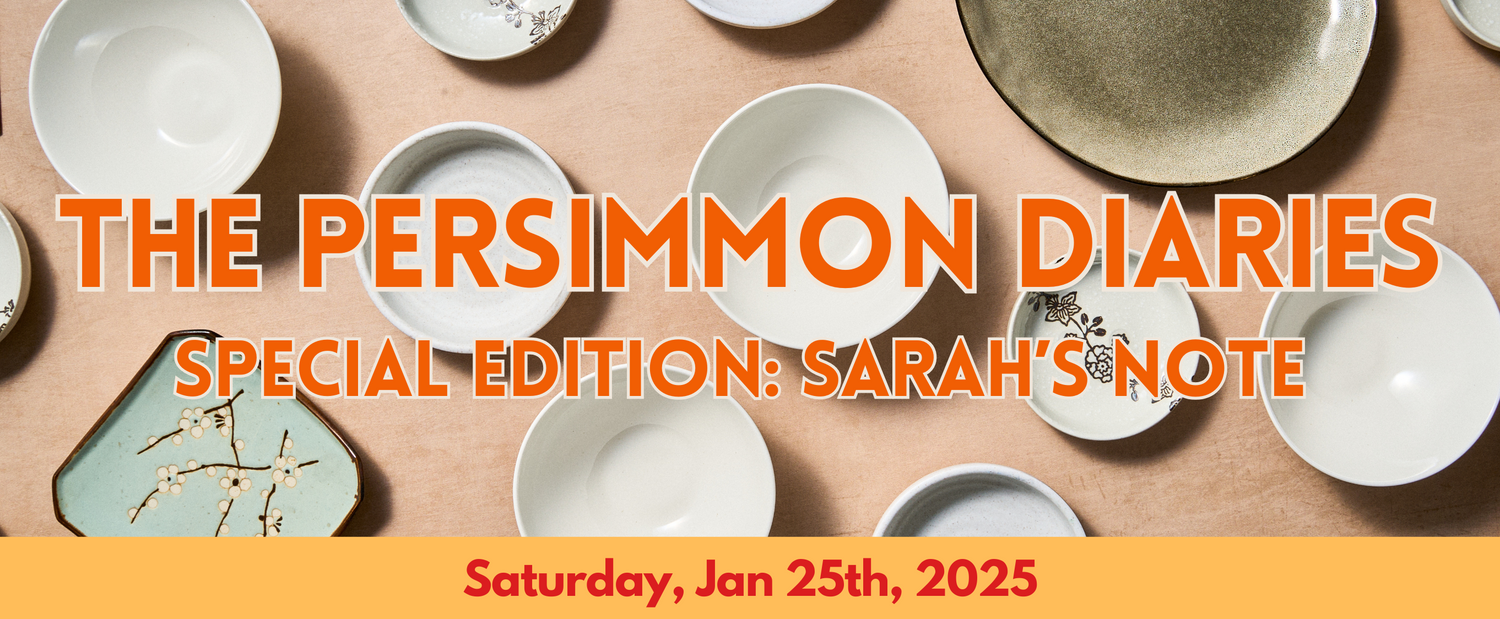Today’s edition of The Persimmon Diaries is a little different. Normally, our team takes the lead, and you’ll hear from me, Sarah, at the end. This time, it’s mostly me–I’m excited to share more and get to know each other better!
With Lunar New Year (aka Seollal in Korean) just around the corner on Wednesday, January 29th, I’ve been reflecting on my complicated relationship with it. Growing up, Lunar New Year felt unfamiliar to me. In school, we’d do “Chinese New Year” activities, but at home, my family practiced Korean New Year traditions on January 1st. We’d eat tteokguk (rice cake soup, a symbol of prosperity!), and afterward, I’d sheepishly bow to my grandma during saebae—a tradition where I’d exchange a respectful bow for an envelope of money. I was always a little embarrassed, but the promise of money definitely made it worth it.
It wasn’t until college that I learned about the complicated history of Seollal. During the Japanese occupation of Korea, the celebration of Seollal was suppressed, since the Japanese did not observe it. Even after independence, Seollal remained suppressed during South Korea’s military dictatorship! It wasn’t officially revived as a holiday until 1989 but by then, my parents had already immigrated to the U.S., so Seollal wasn’t a part of their tradition.
Now that I’m older, Seollal feels like a bridge between my Korean heritage and my American upbringing. It’s a reminder of how much of my culture I’m still learning as an adult. I mean, I even struggle to say “Seollal” properly in Korean!! I think the most exciting thing is seeing Lunar New Year celebrated more widely. From New York public schools closing for it, to Target dedicating an entire end cap to Lunar New Year with themed games, snacks, and even Legos! It’s a representation I never saw as a kid and a chance to embrace a tradition that’s both new and familiar.

This evolving and complicated relationship with Lunar New Year also inspires what we’re building with Gamsa Foods. We envision a world where Korean flavors are not just trendy or fleeting, but part of everyday life by being represented in breakfast, in better-for-you options, and in how we think about food overall. Right now, much of what goes viral in Korean food is unhealthy, like Buldak Ramen (banned in Denmark for being too spicy!). I want to see Korean food products represented at the stores where I shop like Whole Foods, ShopRite, and Wegmans.
This past weekend, we held a demo and taste test at a Korean church in Flushing, NY, and it was both inspiring and energizing to share Gamsa Foods with our community. Seeing Korean elders light up as they recognized the familiar flavors but appreciated the healthier twist was so affirming. Kids loved the taste and begged their moms to buy it, and I couldn’t help but imagine a world where I could have brought something like this to school myself. I thought about my late grandma, who often struggled to find easy-to-prepare foods that catered to her Korean palate while being soft and easy to digest.
This Lunar New Year, I’m reflecting on that vision—a vision of creating something that bridges generations, connects cultures, and makes Korean flavors more accessible to everyone. Building Gamsa Foods isn’t just about the product; it’s about honoring our roots and reimagining how they can be part of the future.
Here’s to a year of growth, connection, and creating something meaningful together.
With gratitude,
Sarah









Leave a comment
This site is protected by hCaptcha and the hCaptcha Privacy Policy and Terms of Service apply.